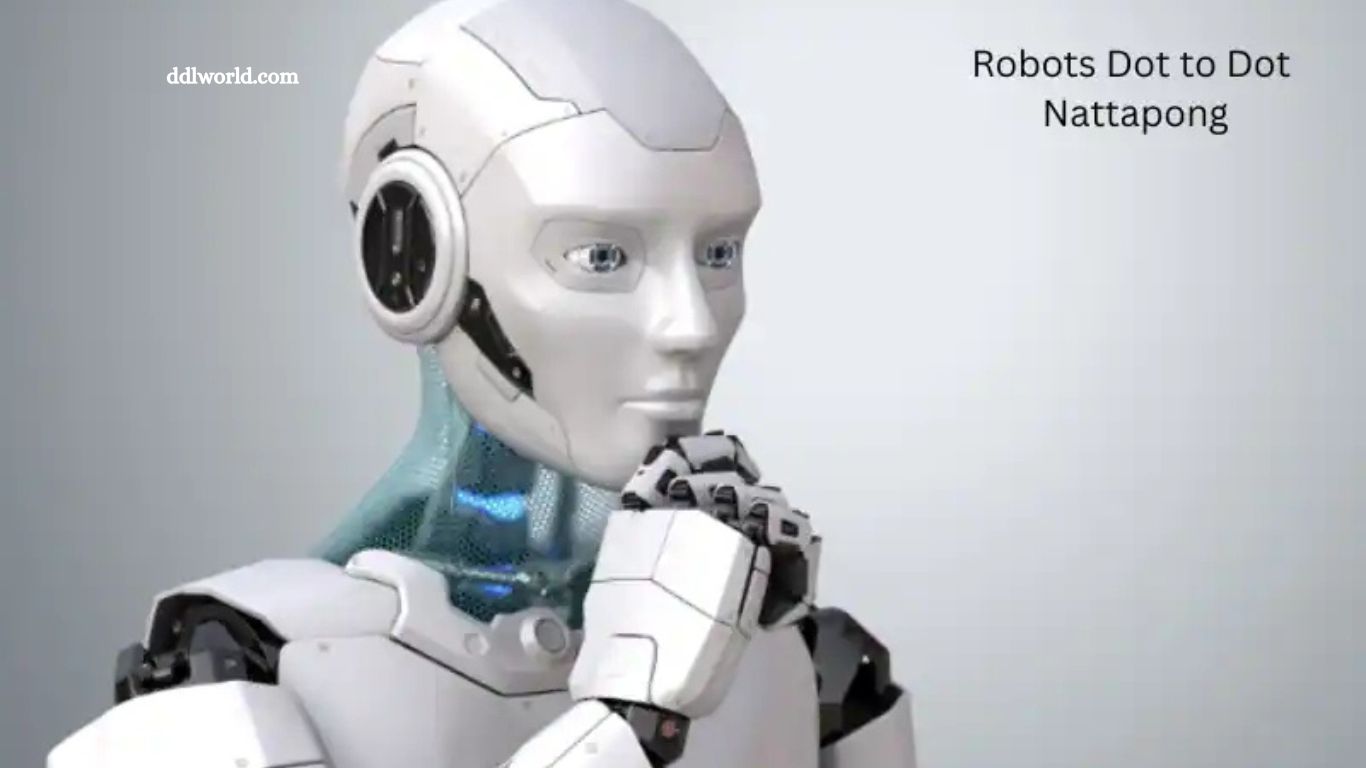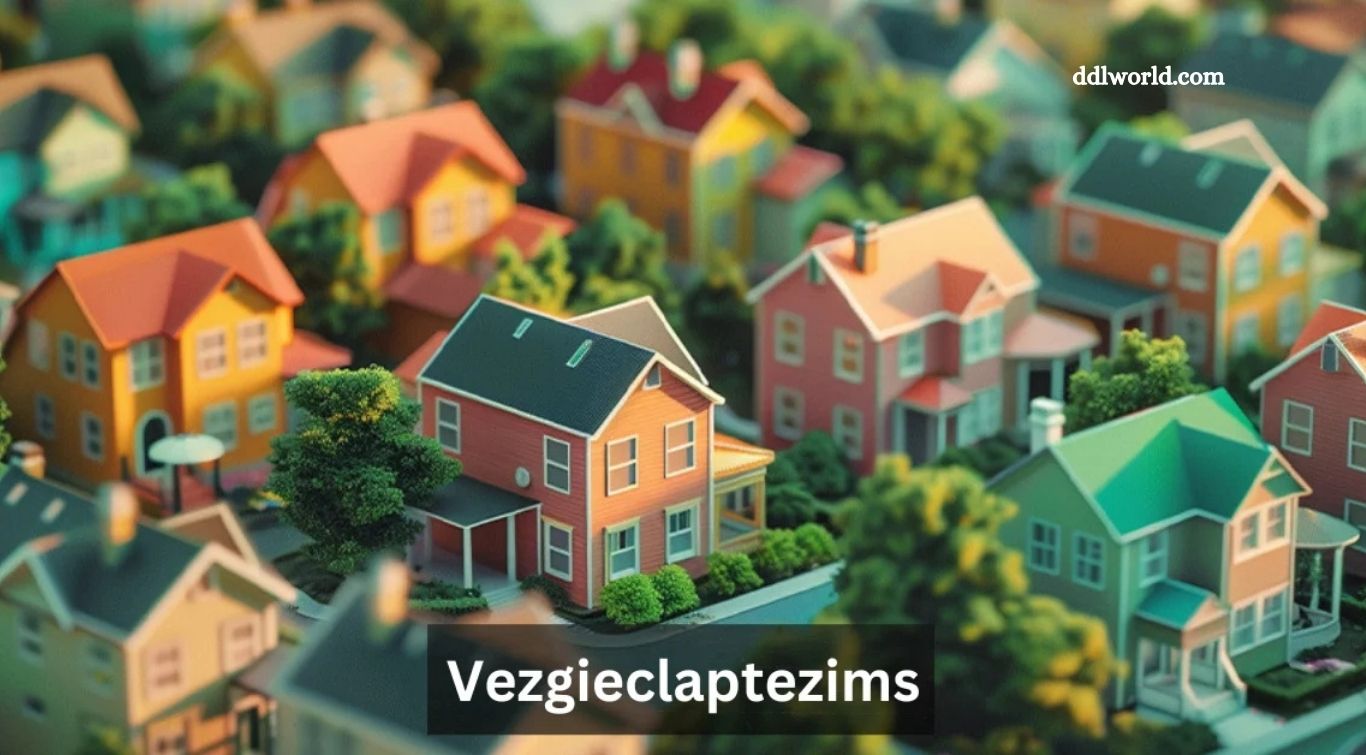Robots Dot to Dot with Nattapong: A Fun Journey into Creativity and Learning

Robots Dot to Dot Nattapong represents a dynamic fusion of art, engineering, and cognitive development, capturing the imagination of learners and educators alike. Blending creativity with structured play, this innovative approach transforms robotics into an accessible and inspiring learning tool. Nattapong’s initiative stands out for its ability to engage users through hands-on exploration, encouraging problem-solving, spatial reasoning, and artistic expression.
Far beyond traditional instruction, it fosters curiosity and innovation in both children and enthusiasts. By integrating design thinking with interactive technology, Robots Dot to Dot Nattapong opens new pathways for meaningful educational experiences. This article explores how this unique platform is reshaping the landscape of STEM learning and inspiring the next generation of creative thinkers and makers.
Read More: Rena Monrovia: Transporting Goods by Car
What Is Robots Dot to Dot Nattapong?
Robots Dot to Dot Nattapong is a creative, interactive activity where participants connect dots in a specific sequence to reveal images—often centered around robotic themes. Combining elements of drawing, puzzle-solving, and technology, it merges traditional artistic practices with modern robotics. Delivered through worksheets, digital platforms, or physical setups, the activity may also include robots assisting in the creation process, adding an engaging, hands-on dimension to learning.
The Vision Behind Nattapong
At the heart of the Nattapong initiative lies a mission to spark creativity and critical thinking in young learners by blending playful exploration with technological concepts. “Nattapong” embodies a pathway to discovery, encouraging children to interact with robotics in ways that are both expressive and educational. Through this fusion, abstract ideas become tangible, deepening understanding and inspiring innovation.
Why Dot to Dot Activities Matter
Cognitive Development
Dot to dot activities offer significant cognitive benefits. These tasks require sustained attention, sequential thinking, and precision, making them ideal for enhancing fine motor skills and reinforcing problem-solving strategies. As participants connect dots in numerical or alphabetical order, they sharpen hand-eye coordination, spatial reasoning, and focus—core competencies that underpin success in robotics and other STEM-related fields.
Art Meets Technology
Robots Dot to Dot Nattapong represents a compelling convergence of artistic expression and technological engagement. Traditional dot to dot exercises foster creativity through drawing and visual interpretation. By introducing robotics into the process, the activity becomes an interactive exploration of how machines and design can coexist. This fusion not only elevates artistic learning but also nurtures curiosity about engineering, supporting a deeper, more playful approach to STEM education.
How to Explore Robots Dot to Dot Nattapong
For Educators
Classroom Integration: Teachers can design dot to dot worksheets featuring robotics themes, tailored to students’ skill levels. These activities reinforce concepts such as sequencing, geometry, and early computational thinking, making them ideal for cross-curricular learning.
Maker Spaces: In hands-on environments, students can program robots to trace dot to dot patterns using simple coding tools. This not only introduces basic robotics but also strengthens logical reasoning and teamwork.
Collaborative Projects: Group-based challenges—such as designing original dot to dot robotics-themed images—encourage creativity, communication, and peer learning. These projects can culminate in classroom exhibitions or interactive showcases.
For Parents
At-Home Activities: Downloadable dot to dot worksheets with robot motifs offer fun, educational entertainment. Turning these into family games can enhance cognitive skills and foster quality bonding time.
Digital Platforms: Interactive apps with robotics-themed dot to dot challenges can boost children’s digital literacy. Parents can guide their children through these tools, turning screen time into constructive learning.
Incorporating Art: After completing the dot sequences, children can paint, color, or decorate the robotic figures, blending creativity with structured learning.
For Enthusiasts
More experienced learners and hobbyists can elevate the experience by designing custom robotic dot to dot challenges. Utilizing tools like 3D printers, laser cutters, or visual coding platforms, they can automate drawing processes or engineer machines that physically connect the dots—transforming artistic concepts into technological creations
The Future of Robots Dot to Dot Nattapong
As educational technology advances, Robots Dot to Dot Nattapong is poised to evolve into even more immersive and interactive formats. By merging timeless activities with cutting-edge innovation, this concept serves as a blueprint for the future of creative learning.
Emerging tools such as augmented reality (AR) could transform dot to dot experiences, allowing users to visualize completed images in 3D space or interact with animated robotic characters.
Enhanced interactivity through AI-guided feedback, adaptive challenges, and real-time collaboration may further personalize learning journeys. As platforms grow more sophisticated, the integration of robotics with art and play will not only inspire deeper engagement but also prepare learners for the technological landscape of tomorrow.
Frequently Asked Questions
What does “Robots Dot to Dot” mean?
It refers to an educational activity that combines traditional dot-to-dot drawing exercises with robotics themes or elements. Participants follow numerical or coded sequences to form robot-inspired images, sometimes using robots themselves to complete the task.
Who or what is “Nattapong”?
“Nattapong” symbolizes a creative initiative or individual behind this concept, aiming to integrate technology, art, and learning. It represents a pathway for children and learners to explore robotics in an engaging, playful way.
Why is the activity described as “an engaging exploration of creativity and learning”?
Because it goes beyond simple drawing—merging critical thinking, artistic expression, and hands-on interaction with technology. It encourages learners to explore STEM concepts in a creative, accessible format.
Is this activity only for children?
No. While it’s especially beneficial for children’s cognitive and creative development, educators, parents, and robotics enthusiasts of all ages can engage with and adapt the activity to suit various learning goals.
How does this concept support modern education?
It aligns with STEAM (Science, Technology, Engineering, Art, and Mathematics) principles, promoting interdisciplinary learning through fun, tactile experiences that bridge abstract concepts and real-world applications.
Conclusion
Robots Dot to Dot Nattapong exemplifies the power of blending creativity with technology to make learning both meaningful and enjoyable. By reimagining a classic activity through the lens of robotics, this approach fosters cognitive development, artistic expression, and curiosity about STEM fields.
Whether in classrooms, homes, or maker spaces, it offers adaptable opportunities for learners of all ages to engage with complex ideas in a hands-on, accessible way. As educational tools continue to evolve, initiatives like Nattapong pave the way for a future where imagination and innovation go hand in hand—empowering the next generation to learn, create, and lead with confidence.





